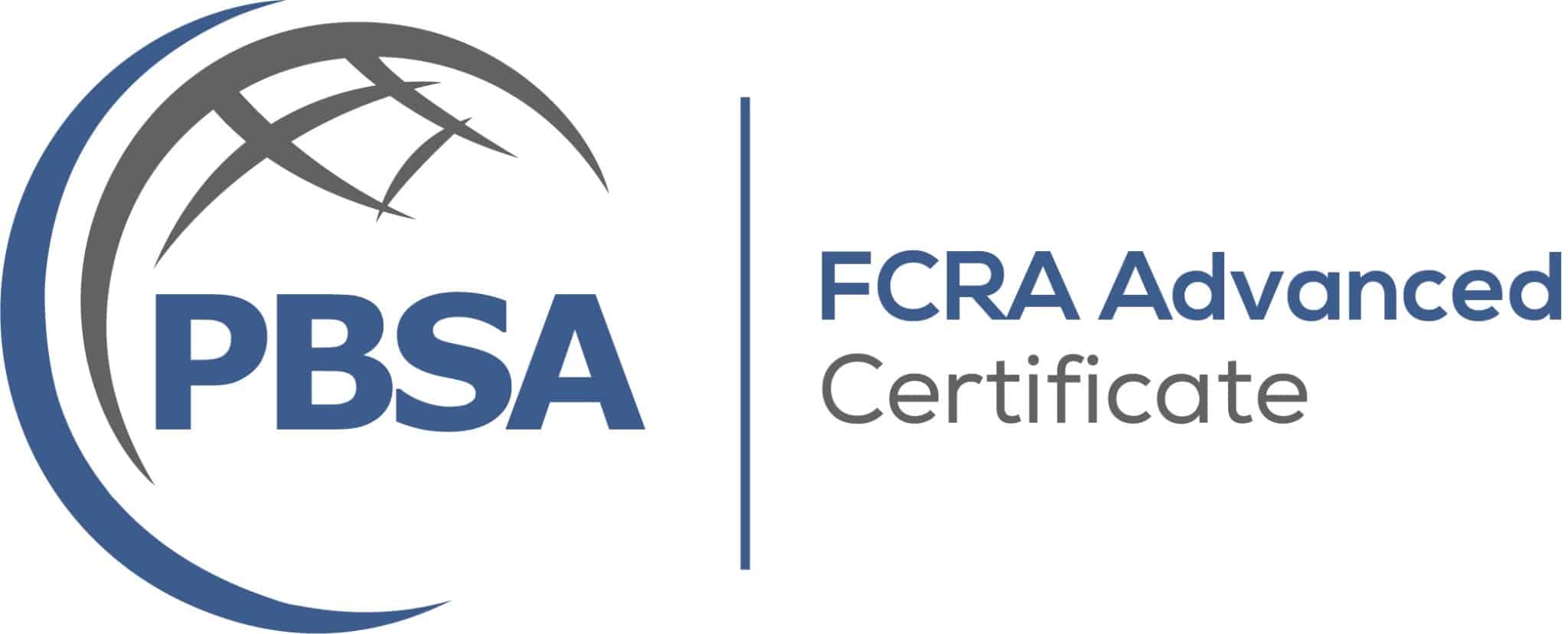How to Budget for Background Checks in 2026: A Practical Guide
You’re building a 2026 hiring plan and want zero surprises from screening costs. Good move. In this guide I’ll show you how to model per-hire spend, account for pass-through court/DMV fees, and budget for compliance so you stay out of trouble. If you’re new to this, start with FCRA-compliant employment background checks to see the building blocks.
Quick Summary
- Build role-based packages and forecast by department. Don’t over-screen low-risk roles.
- Separate vendor service fees from pass-throughs (courts, DMVs, education databases).
- Compliance takes real dollars in 2026. Plan for rising costs as states add new rules.
- Track KPIs: cost per screened hire, turnaround time, and dispute rate.
1) Start with your Hiring Plan and Background Check risk tiers
List expected hires by department and sensitivity (cash handling, safety, data access). Map each role to a “good / better / best” package so you screen appropriately without bloat.
- Good (hourly retail/warehouse): SSN/address history, county/state criminal where lived, national database + sex offender, optional employment verification.
- Better (drivers, facilities, field techs): Good + MVR; consider a 5- or 10-panel drug test where policy requires.
- Best (finance, leadership, regulated): Better + education and employment verification, federal searches, professional license check if applicable.
Takeaway: Budget by role, not one-size-fits-all. Risk-aligned packages reduce waste and speed hiring.
2) Know what actually drives Background Check cost
Screening spend has two parts: (1) your vendor’s service fees and (2) pass-through government or data-source fees that vary by county, state, school, or DMV. The second category is where budgets get blown if you ignore it.
Typical 2026 planning bands (use for modeling):
- Core package (ID/SSN trace, multi-jurisdictional database + county confirmations, sex offender): ~$30–$90 per candidate, plus court fees where applicable.
- MVR (driving record): ~$5–$20 service fee + state DMV pass-through (often $5–$30).
- Education/employment verifications: ~$10–$25 per verification + any school/payroll database fees.
- Drug testing (lab-based 5–10 panel): ~$35–$80 depending on panel and collection site.
Package fee + pass-throughs + add-ons + internal admin time = total cost per screened hireTakeaway: Pass-throughs are not markups; they’re government or data-source charges. Budget a buffer for them in every jurisdiction.
3) Background Check Compliance line items you shouldn’t skip
Factor in disclosure and authorization workflows, adverse action automation (pre-notice, wait period, final notice), and record retention. These are table stakes under the FCRA and EEOC guidance.
Plan for rising compliance costs. As more states adopt fair-chance, privacy, cannabis, and AI-in-hiring rules, vendors invest more to maintain compliant forms, notices, filtering, and audit trails. Expect modest year-over-year increases for compliance-related services (disclosures/authorizations, ban-the-box timing, clean-slate filtering, adverse action letters).
- Time impact: Pre-adverse action waiting periods extend cycle time; include that in your hiring SLAs.
- Quality controls: Database “hits” should be verified at the source before decisions.
Takeaway: Budget for the process, not just searches. Doing compliance right saves you fines, disputes, and rework.
4) Build the 2026 Background Check budget: scenarios you can copy
| Scenario | Scope | Plan Band (excl. pass-throughs) | Notes |
|---|---|---|---|
| A) Hourly retail / warehouse | Core package; optional 1–2 verifications | $35–$95 | Retail employee screening best fits here. |
| B) Drivers / safety-sensitive | Core + MVR + 5–10 panel drug test | $60–$150 | Manufacturing hiring background checks cover most safety roles. |
| C) Finance / leadership | Core + education & employment verifications; federal searches | $100–$220 | Allow for extra verification attempts/time. |
Pro tip: Add a 10–25% contingency line for pass-throughs and out-of-state searches on any model above.
Takeaway: Lock your scope by role, then multiply by forecasted hires. Add a pass-through buffer and you’ve got a dependable budget.
5) Control Background Check spend without adding risk
Standardize packages by role, set a re-screen cadence for long-tenured staff, and automate the admin work (I-9/E-Verify, disclosures, adverse action letters).
- Choose the right partner: Look for PBSA membership, FCRA training, and source-level verification of database hits.
- Measure it: Track cost per screened hire, average turnaround time, and dispute rate. Review quarterly.
- Right-size add-ons: Only add drug testing, MVR, or extra verifications when risk justifies.
Takeaway: Tight scope + automation + KPIs = lower total cost of ownership, not just lower line items.
FAQ
Q: What’s a realistic per-hire background check budget in 2026 for SMBs?
A: For core checks only, plan roughly $40–$100 per candidate before pass-throughs. Roles with MVR, drug testing, and verifications often land $90–$200+. Next step: price your mix against last year’s actuals and add a pass-through buffer.
Q: Which roles should always include MVR or drug testing?
A: Anyone who drives on company business should include an MVR. Safety-sensitive or DOT-like roles often add a lab-based drug test. Next step: align to your written policy and local laws.
Q: How do pass-through court/DMV fees work?
A: They’re government or data-source fees billed on top of service fees. Courts and DMVs set these, and they vary widely by jurisdiction. Next step: ask your vendor for a current pass-through matrix for your hiring states.
Q: What’s the minimum we need to stay compliant with background checks?
A: Always provide a clear disclosure and get written authorization, use job-related criteria, and follow pre-adverse and final adverse action if negative info matters. Next step: audit your forms and letters annually.
Q: How often should we re-screen?
A: Many employers re-screen annually for safety-sensitive or regulated roles and every 24 months for others. Next step: set cadence by role and communicate it in your handbook.
Wrap-up
If you build role-based packages, separate pass-throughs from service fees, and budget for rising compliance costs, your 2026 plan will be predictable and defensible. Ready to put numbers to it? See our background check pricing and plug the figures into your model.
Compliance Note
- Use standalone FCRA disclosure and obtain written authorization before screening.
- Follow pre-adverse action, allow a reasonable dispute window, then send final adverse action if the decision stands.
- Expect higher compliance costs in 2026 as states expand fair-chance, privacy, and cannabis laws; budget accordingly.
Authoritative Sources











